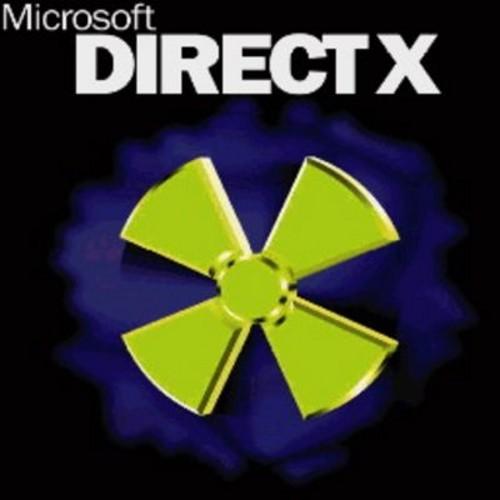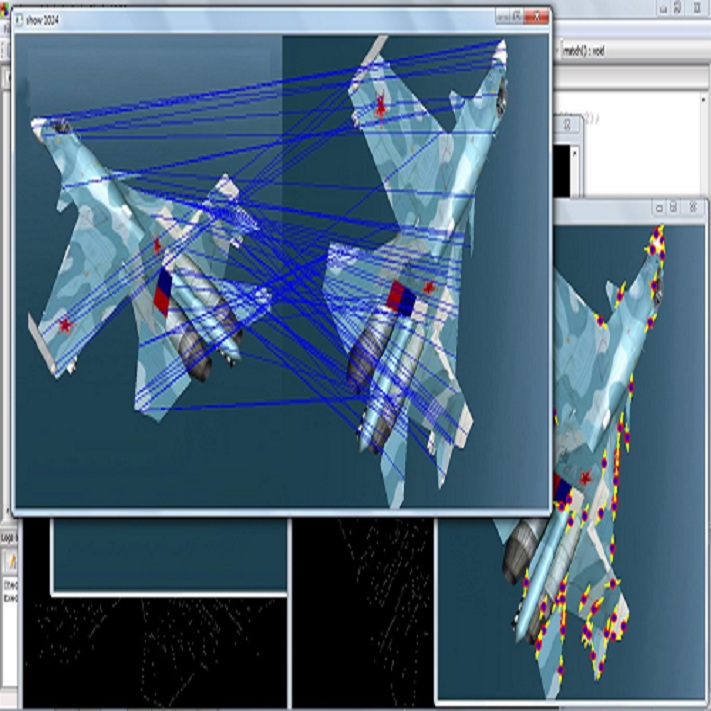CBCT-based online adaptive radiotherapy (ART) calls for accurate auto-segmentation models to reduce the time cost for physicians to edit contours, since the patient is immobilized on the treatment table waiting for treatment to start. However, auto-segmentation of CBCT images is a difficult task, majorly due to low image quality and lack of true labels for training a deep learning (DL) model. Meanwhile CBCT auto-segmentation in ART is a unique task compared to other segmentation problems, where manual contours on planning CT (pCT) are available. To make use of this prior knowledge, we propose to combine deformable image registration (DIR) and direct segmentation (DS) on CBCT for head and neck patients. First, we use deformed pCT contours derived from multiple DIR methods between pCT and CBCT as pseudo labels for training. Second, we use deformed pCT contours as bounding box to constrain the region of interest for DS. Meanwhile deformed pCT contours are used as pseudo labels for training, but are generated from different DIR algorithms from bounding box. Third, we fine-tune the model with bounding box on true labels. We found that DS on CBCT trained with pseudo labels and without utilizing any prior knowledge has very poor segmentation performance compared to DIR-only segmentation. However, adding deformed pCT contours as bounding box in the DS network can dramatically improve segmentation performance, comparable to DIR-only segmentation. The DS model with bounding box can be further improved by fine-tuning it with some real labels. Experiments showed that 7 out of 19 structures have at least 0.2 dice similarity coefficient increase compared to DIR-only segmentation. Utilizing deformed pCT contours as pseudo labels for training and as bounding box for shape and location feature extraction in a DS model is a good way to combine DIR and DS.
翻译:CBCT 基于CBCT的在线适应性放射治疗(ART) 要求使用准确的自动分解模型,以减少医生编辑轮廓的时间成本,因为病人在等待治疗开始的治疗桌上无法动。然而,CBCT图像的自动分解是一项艰巨的任务,主要原因是图像质量低,培训深度学习(DL)模式时缺少真实标签。而ART中的CBCT自动分解是一个独特的任务,与其他分解问题相比,这是个独特的任务,因为可以使用规划 ICT (PCT) 的手工轮廓来编辑轮廓。为了利用这一先前的分解知识,我们提议将CBCT 图像登记(DIR) 和 CBCT 图像直接分解分解(DCT) 任务。首先,我们使用从PCT 和 CBCT 的多部位模型(DL) 产生的分解式 DCT DCT 矩形图作为培训的假标签。 其次,我们使用最差的 PCT 位位位距(MT) 变的轮廓作为约束框框框框框框,用来限制我们对 DS。 同时, 比较的SDCT 比较的 Rettyal 的分解的分解的分解的S 。




